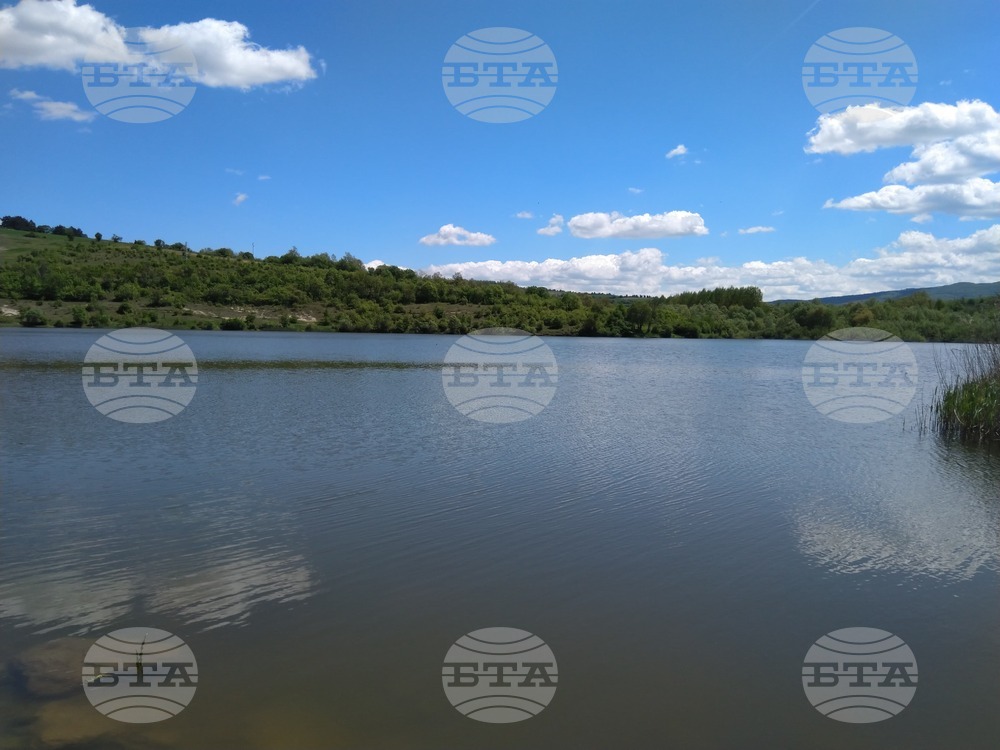site.btaEnvironment Ministry Caps Use of Water Reservoirs in November after Long Dry Spell, Warns of Risk to Drinking Water Supply


The Environment Ministry Tuesday said that it is setting more stringent caps on the use of water from reservoirs in November after several dry years, and warned of a risk to the supply of drinking water in some parts of Bulgaria.
The Ministry manages the waters of 52 complex and significant dams, monitoring their condition on a daily basis. The sum of the volumes available as of October 25 of this year was 3,255 million cubic metres, which represents 49.8% of the sum of their total volumes. Drinking and domestic water supply were 62.9% of their total volume, irrigation was 30.9%, energy - 58.5%.
The available useful volume of complex and significant dams as of October 25 was 2,370 million cubic metres, which is 88 million cubic metres less than in the previous month. This necessitates a reduction in the permitted water volumes in November to 442,200 million cubic metres, which is 29,552 million cubic metres less than the permitted water volumes for October 2024, said the Environment Ministry.
At the moment, given the lack of spring floodwaters and an inflow for the conditions of a very dry year, low water levels are evident at the Ticha and Kamchia dams , Yastrebino, Yasna Polyana, Asenovets, Srechenska Bara, Yovkovtsi, Kalin and Karagyol, used for drinking and household water supply, and Domlyan, Pyasachnik, Topolnitsa, Koprinka and Zhrebchevo, used for irrigation.
The Environment Ministry added that the Ministry of Regional Development and Public Works, the Bulgarian ViK Holding and the waterworks operators have been informed that if the tendency of low inflow continues, the provision of drinking and domestic water supply in 2025 from the Kamchia and Yasna Polyana dams will become a concern and the water supply from the Ticha dam will not be guaranteed in 2026.
Ministry of Regional Development and Public Works calls for urgent actions to be taken to ensure the drinking and domestic water supply of the settlements along the Southern Black Sea coast, as well as for the water supply operators to specify their requests for the annual schedule for 2025, taking into account all possible reserve and alternative water sources, the permitted limits in the issued permits and available volumes in dams.
Given the limited water volumes in the dams, the Ministry of Regional Development and Public Works, whose competence is the implementation of the policy in the water supply sector, has been informed that it should take actions to coordinate the water supply operators to ensure the drinking and domestic water supply of the population, including for the inclusion of new and rehabilitation of old water sources for alternative drinking-domestic water supply, as well as for a significant reduction of losses in the water supply network.
In terms of irrigation, while maintaining the tendency of small inflow, the provision of irrigation for the 2025 irrigation season for the Ticha, Koprinka, Zhrebchevo, Domlyan, Topolnitsa and Pyaschanik dams is also pointed out by the Environment and Water Ministry.
The Ministry of Agriculture and Food and Irrigation Systems EAD have been informed of the situation and that they should take action to rehabilitate compromised and restore existing irrigation networks in order to reduce losses and prevent water wastage.
In part of the dams managed by Irrigation Systems, including the Zhrebchevo, Koprinka and Pyasachnik dams, aquacultures are grown, and due to the lack of inflow and the need to ensure the quantities for irrigation, the biodiversity and the water ecosystem of these water bodies are threatened, the Environment and Water Ministry warned. They added that the Ministry of Agriculture should decide on the prioritization of uses in accordance with the available water resources in the implementation of both the fisheries and aquaculture policy and the agricultural irrigation policy.
/DT/
news.modal.header
news.modal.text